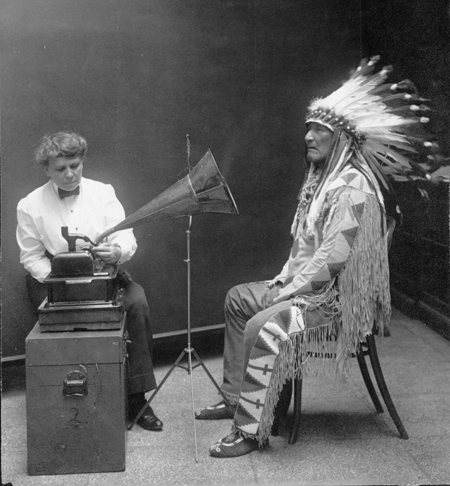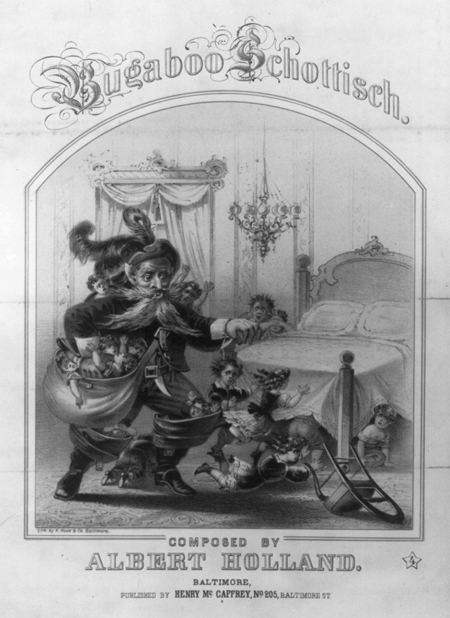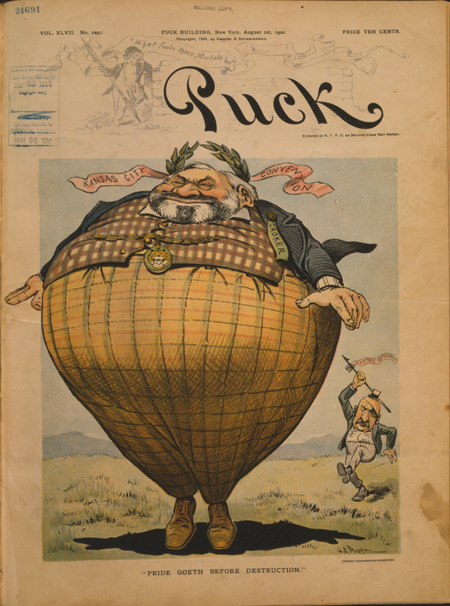Analyzing Primary Sources: Learning from Newspapers
The Common Core State Standards (CCSS) strike a balance between the reading of literature and informational texts and promote the use of a wide range of text types: “Through reading a diverse array of classic and contemporary literature as well as challenging informational texts in a range of subjects, students are expected to build knowledge, gain…

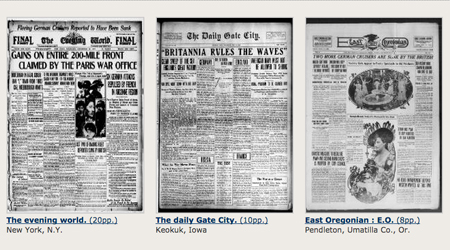
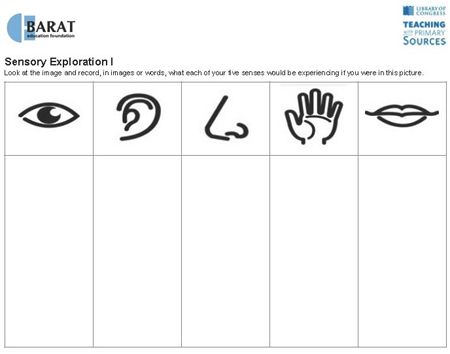


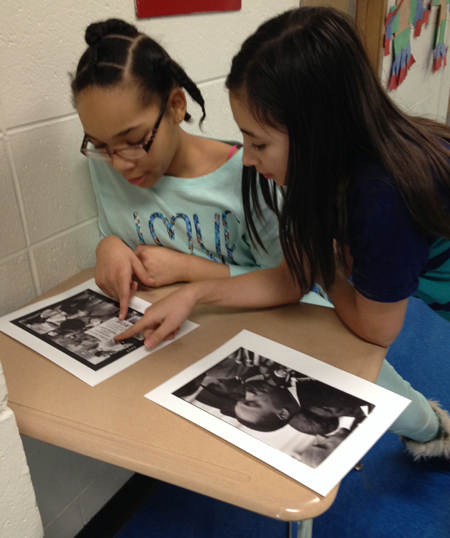
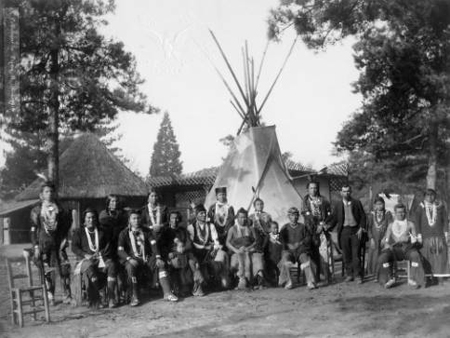
![Civil rights march on Wash[ington], D.C.](https://primarysourcenexus.org/wp-content/uploads/2013/08/bloomswritingprompts.jpg)

